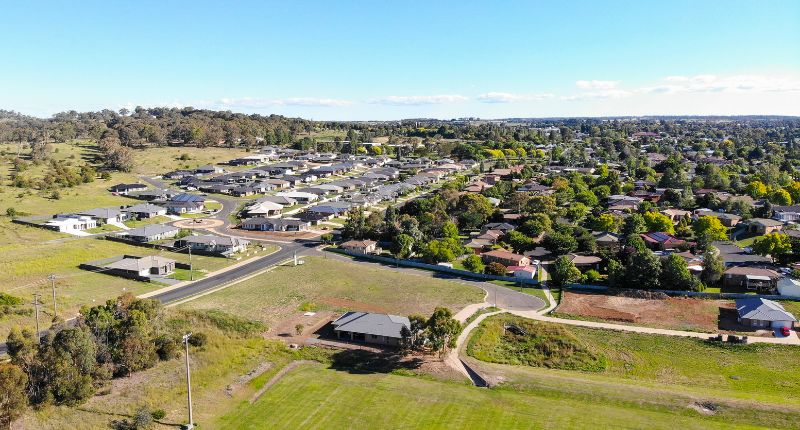
- High level of movement between major cities and regional areas in Australia
- Regional Victoria and Queensland the most popular destinations
- Cost of living the key factor driving this move
The Regional Movers Index’s March 2023 Quarter Report has found that the major cities are experiencing unprecedented levels of migration between major cities and regional areas. The Regional Movers Index was formed in partnership between the Commonwealth Bank of Australia (CBA) and the Regional Australia Institute (RAI) to analyse movements to and from Australia’s regions.
Regional Movers Index: Population flows from capital cities to regional Australia

Flight to regional Australia
Australians from major cities like Sydney and Melbourne are increasingly packing their bags for regional areas. At the same time, more people are doing the opposite, with movement from regional areas to cities at its highest point in five years.
Capital-to-regional migration increased by 7.9%, the third-highest rise in the past five years. Sydney accounts for 90% of all net capital outflows. Meanwhile, net outflows from Melbourne jumped from 44% to 51% from 12 months to March 2023. More people moved into Perth and Brisbane, which experienced net inflows of 26% and 24%, respectively.
The highest proportion of people leaving from capital cities went to regional Victoria and Queensland, responsible for 43% and 29% of net outflows, respectively, from 12 months to March 2023.
Most capital city movers went to regional Victoria and Queensland, responsible for 43% and 29% of net outflows, respectively. On the other hand, regional NSW dropped in popularity, with its net capital city outflows dropping from 41% to 23%.
More jobs, cheaper housing, lower cost of living
Paul Fowler, Commonwealth Bank Executive General Manager for Regional and Agribusiness Banking, states that the nationwide rise in movement stems from the high demand for labour in regional areas.
Regional centres like Victoria’s Greater Geelong and Queensland’s Townsville are among the top growing regional hotspots, teeming with business and job opportunities.
“Regional centres are buzzing with business activity and investment, offering an abundance of opportunities to people who are seeking to leave the strain of cities to take advantage of the benefits of regional living,” says Fowler.
Regional Australia Institute (RAI) CEO Liz Ritchie says that more Australians are moving because jobs have become more flexible and living in capital cities has become too expensive.
“While this mobility was super-charged by COVID, we are seeing thousands make the move, not only from the cities to the regions, but within regions and more recently, there has been an uptick in the number heading back to the cities,” says Ritchie.
Ritchie believes that the popularity of regional areas is here to stay.
“Recent RAI research shows one-in-five metropolitan Australians are wanting to make the move to regional Australia with cost of living cited as the key reason as people try and source more affordable housing and a way of living.”
Liz Ritchie, RAI CEO
“Cost of living pressures are also boosting greater movement within the regions themselves, as regional movers also search out places with more available and affordable housing.”
The cost of living is one of the primary reasons fuelling inter-regional migration, causing it to rise by 9.2% in the March quarter, averaging 12.6% over pre-pandemic levels. The growing acceptance of remote work, cheaper rents, and lower home prices have seen Australians flee to the regional areas.
However, the relative affordability of the regional areas may only stay for a short time. The sudden and acute migration influx into these smaller cities and towns has caused home prices and rents to surge disproportionately compared to the capital cities, already experiencing record growth.







